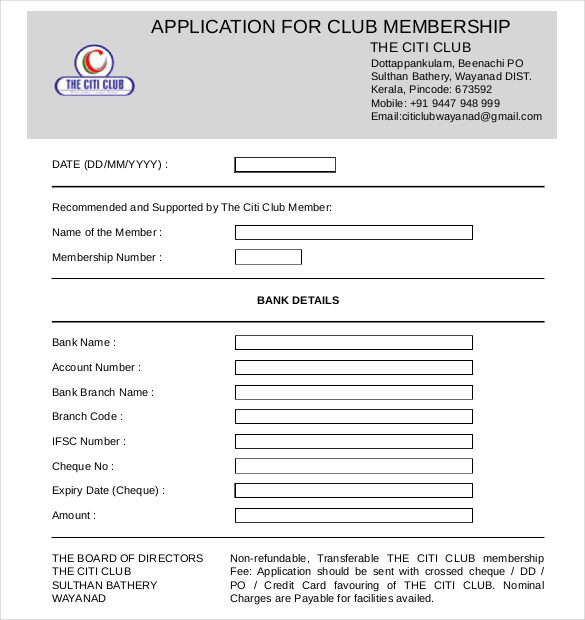
In their totality and their interactions these phenomena do constitute a common threat which must be confronted by everyone together. New enemies have to be identified, new strategies imagined, and new weapons devised." "In searching for a common enemy against whom we can unite, we came up with the idea that pollution, the threat of global warming, water shortages, famine and the like, would fit the bill. With the disappearance of the traditional enemy, the temptation is to use religious or ethnic minorities as scapegoats, especially those whose differences from the majority are disturbing." "Every state has been so used to classifying its neighbours as friend or foe, that the sudden absence of traditional adversaries has left governments and public opinion with a great void to fill. Bring the divided nation together to face an outside enemy, either a real one, or else one invented for the purpose. The ploy of finding a scapegoat is as old as mankind itself-when things become too difficult at home, divert attention to adventure abroad. Some states have striven to overcome domestic failure and internal contradictions by blaming external enemies. It notes that, historically, social or political unity has commonly been motivated by enemies in common: "The need for enemies seems to be a common historical factor. It analyses the problems of humanity, calling these collectively or in essence the "problematique". In 1991, the club published The First Global Revolution.

The second report revised the scenarios of the original Limits to Growth and gave a more optimistic prognosis for the future of the environment, noting that many of the factors involved were within human control and therefore that environmental and economic catastrophe were preventable or avoidable. In addition to providing a more refined regional breakdown, Pestel and Mesarovic had succeeded in integrating social as well as technical data.
The klub 17 model template download full#
The research had the full support of the club and its final publication, Mankind at the Turning Point was accepted as the official "second report" to the Club of Rome in 1974. Įven before The Limits to Growth was published, Eduard Pestel and Mihajlo Mesarovic of Case Western Reserve University had begun work on a far more elaborate model (it distinguished ten world regions and involved 200,000 equations compared with 1,000 in the Meadows model). The report went on to sell 30 million copies in more than 30 languages, making it the best-selling environmental book in history. The 1973 oil crisis increased public concern about this problem.


Published in 1972, its computer simulations suggested that economic growth could not continue indefinitely because of resource depletion. The Club of Rome stimulated considerable public attention with the first report to the club, The Limits to Growth. The document would serve as the roadmap for the LTG project. Entitled, The Predicament of Mankind Quest for Structured Responses to Growing Worldwide Complexities and Uncertainties: A PROPOSAL. In 1970, Peccei's vision was laid out in a document written by Hasan Özbekhan, Erich Jantsch, and Alexander Christakis. "It is this generalized meta-problem (or meta-system of problems) which we have called and shall continue to call the "problematic" that inheres in our situation." : 12–13

It was his opinion that viewing the problems of mankind-environmental deterioration, poverty, endemic ill-health, urban blight, criminality-individually, in isolation or as "problems capable of being solved in their own terms", was doomed to failure. The problématique Ĭentral to the formation of the club was Peccei's concept of the problematic. It was formed when a small international group of people from the fields of academia, civil society, diplomacy, and industry met at Villa Farnesina in Rome, hence the name. The Club of Rome was founded in April 1968 by Aurelio Peccei, an Italian industrialist, and Alexander King, a Scottish scientist.


 0 kommentar(er)
0 kommentar(er)
